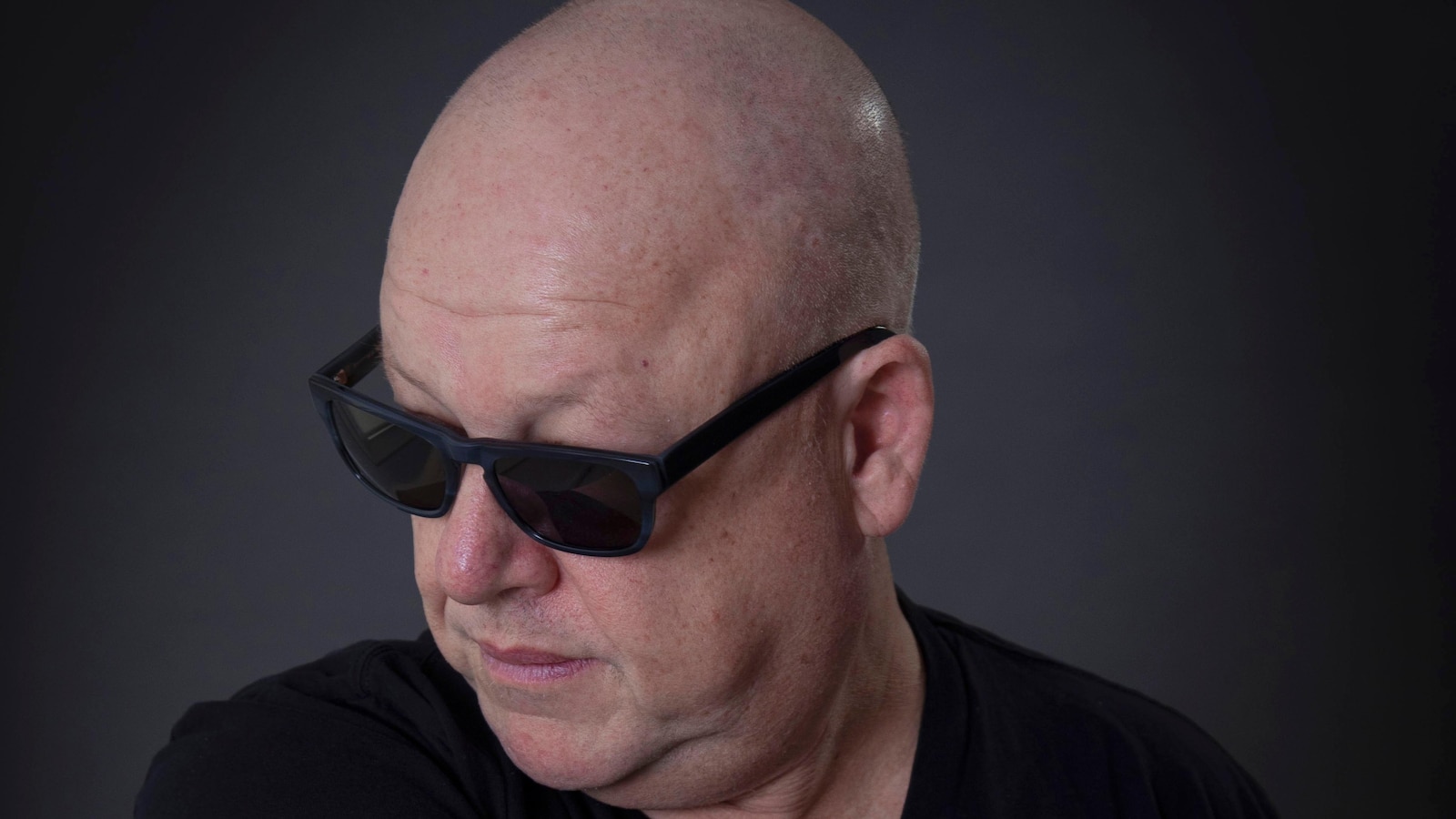NEW YORK — The undead, Medieval-themed suburban restaurants, the mall. Druidism, decapitated chickens, rebirth. Church, sheep slaughter, science fiction. These are a few, not all, of the topics touched upon on the Pixies’ 10th studio album, “The Night the Zombies Came.”
A 13-track kaleidoscopic collection of songs — their first with new bassist Emma Richardson — the album veers from folk to punk to psychedelia and back again and in between, never neatly fitting into a particular formula.
In truth, “The Night the Zombies Came” plays out more like a film, each song a small vignette. Frontman and visual artist Black Francis, born Charles Thompson, says that’s particularly evident in their slow or midtempo songs — the ones where they value space and reverb — an energetic choice as well as a musical one.
“When you play, like, surf music, but you kind of dress it up in a little bit of a tuxedo or whatever, and you end up coming up with something that’s a little more spaghetti Western, right? Or more and you know, Ennio Morricone,” he says. “We’re not very good at any particular genre. We like all of the genres of so-called popular music.”
That’s evident across “The Night the Zombies Came.” Eclectic folk moments pull influence from Shirley Collins; Black’s chanty monotone on “Jane (The Night the Zombies Came)” is all Baxter Dury meets Sleaford Mods, though he says the song is “a mixture of Lou Reed and church music.” The quirky palm-muted guitar pop of “Hypnotized” is loosely written in the style of a sestina, a poetic form. Closer “The Vegas Suite” is based off the 1950s standard “Que Sera, Sera.”
“There isn’t really a unifying theme,” Francis says — and there really hasn’t been one on any of the Pixies’ albums.
But listeners, of course, are free to draw their own connections: Like the one that might be made between “Ernest Evans,” a rollicking burst about American singer Chubby Checker, best known for “The Twist” and “Kings of the Prairie,” inspired by Mexican troubadours touring the West Coast. There, the image of an exhaustive performance schedule — the open road, an endless sea of motel doors and gigging — feels like a thematic throughline in an album of unexpected turns.
And it works: the Pixies have always been outsiders; it’s what makes their music connect.
Earlier this year, the Pixies’ “Doolittle,” one of the great alternative rock records of the last few decades — and certainly the one that cemented his band as an eccentric, strange, revolutionary force in guitar music soon to be acknowledged by the mainstream — turned 35. Francis isn’t one to use an anniversary as a tool for reflection, rather, suggesting that his relationship with the album has remained the same. “I think we knew we were doing good work at the time,” he says. “We were glad people liked it.”
“At the risk of sounding faux-humble, it’s not really my position to kind of go, ‘Well, here’s how my music sits in the pantheon of records and what it means and all that (expletive),’” he says. “It’s hard to talk about your own records as being quote-unquote influential or important or whatever because yeah, it sounds a little crass.”
“Doolittle” follows “Surfer Rosa,” the band’s canonized 1988 album known to Nirvana fans the world over as the one that inspired Kurt Cobain’s songwriting on the 1991 landmark album “Nevermind.” It’s one many fans have been returning to in 2024, following the untimely death of its legendary producer, Steve Albini after a heart attack in May. He was 61.
“It was nice, in a way, to work with someone who wasn’t taking it all too seriously, wasn’t taking us that seriously, was a little sort of almost dismissive,” he says of working with Albini. “That is a tone … that one can take when you’re making your art or whatever that can be useful. It can be useful to not take it all too seriously. That you have to be willing to just go, ‘It’s good, but we could just also destroy it all right now and start over.’ I mean, you have to not be so precious about it.”

